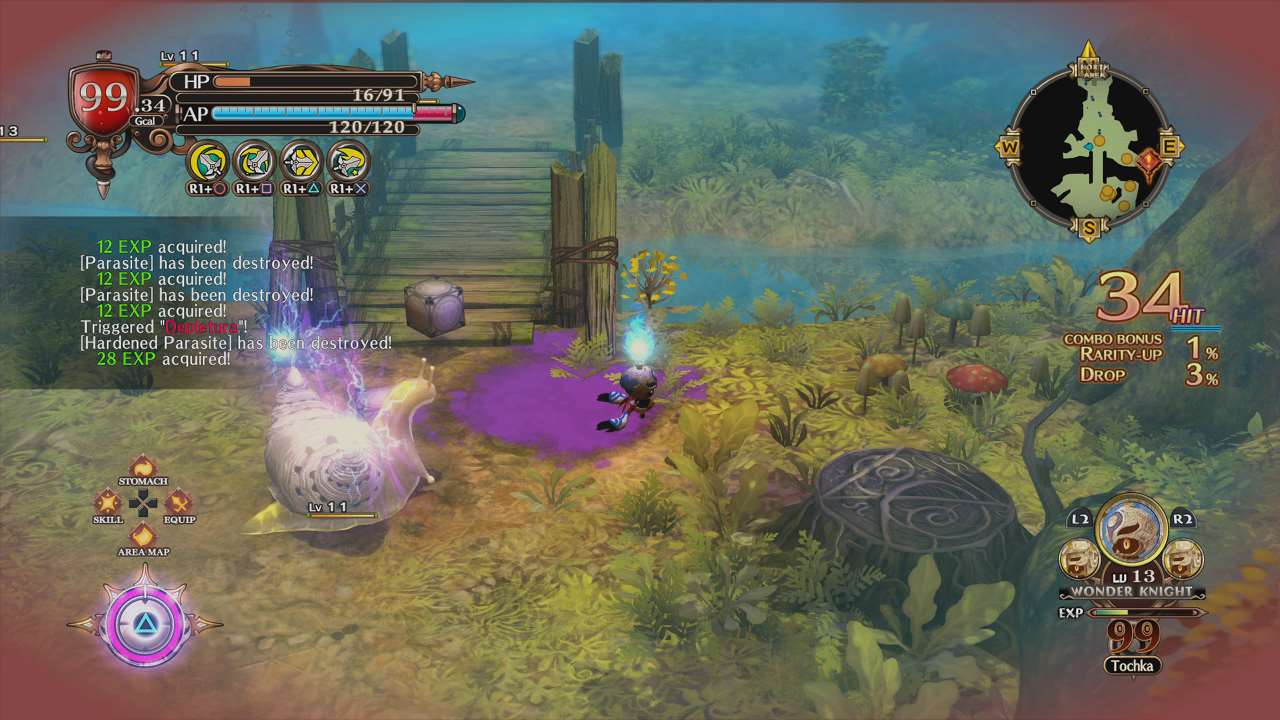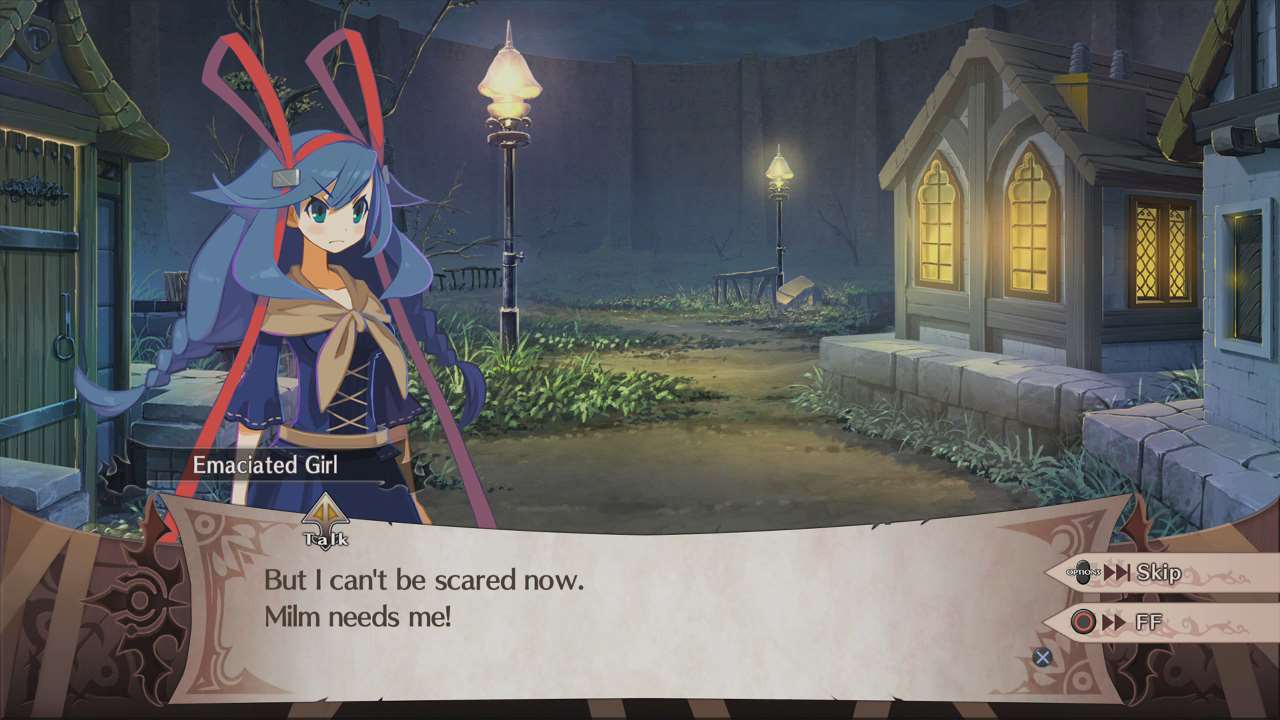Back in 2014, NIS America released an isometric RPG for the PlayStation 3 named The Witch and the Hundred Knight. The game received a moderate critical reception, as well as an enhanced port to the PlayStation 4 in 2016. The Witch and the Hundred Knight 2 aims to build upon the foundations set by its predecessor, as well as delve deeper into the world that was created by the developers of the franchise. There are many improvements to the series formula in this sequel, but it does lack the vital components to ensure that it will be remembered as a true classic.
Although the sequel borrows many common story elements from the first instalment, none of the original game’s locations or cast members crosses over to the sequel. This time, the focus is on a young woman named Amalie whose younger sister Milm is infected by a mysterious condition known as Hexensyndrome, or as it is commonly known in the game, Witch Disease. When the eye that has appeared on the victim’s head opens wide, that child will be forcibly changed into an evil Witch that has no memory of their previous life. This appears to be proved untrue when Milm changes into the witch Chelka, but still retains her previous self.
Amalie resolves to find a way to free Milm from Chelka, using the power of Milm’s Hundred Knight doll which has come to life following Milm’s transformation. The story is a vast improvement over the first game, with some of the highlights happening during Chelka’s dramatic awakening and her growing sense of ethical dilemma as she travels with Amalie throughout the game world. The only minor concern is that the main storyline is over fairly quickly by JRPG standards, leaving you with several side quests that only the most hardcore RPG player will find entertaining enough to complete.

